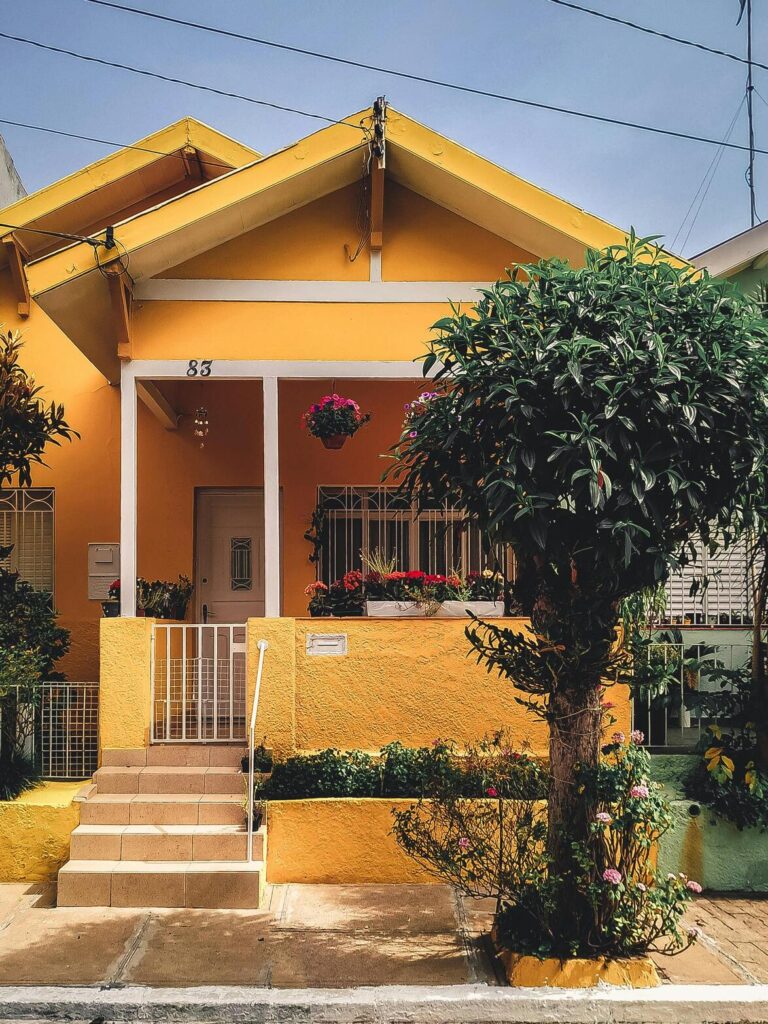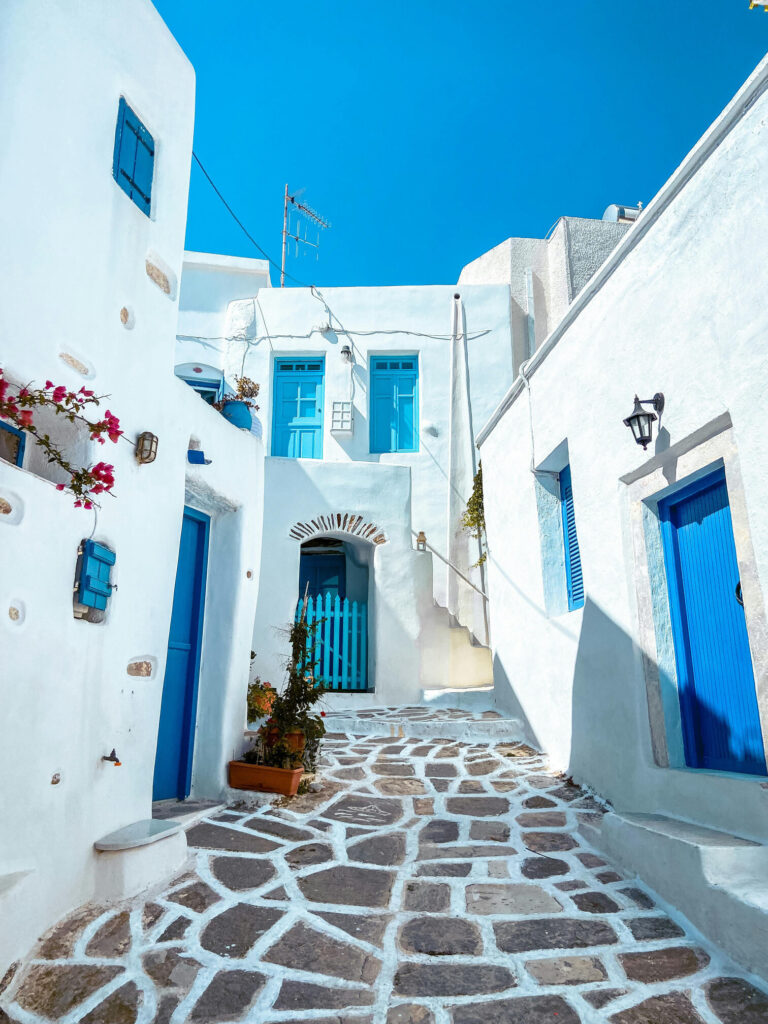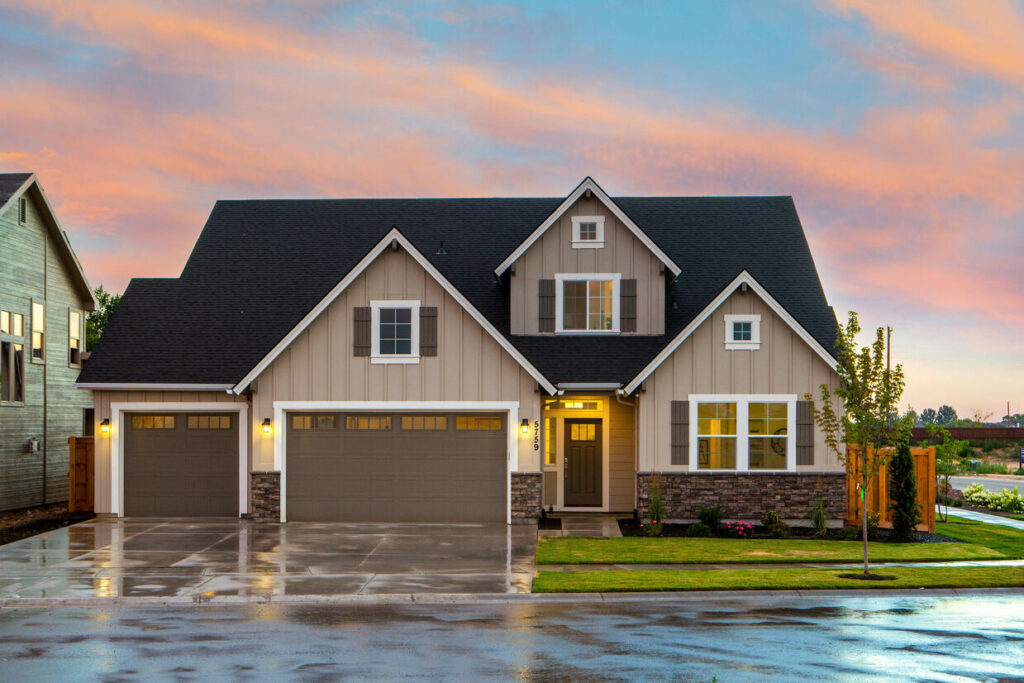Introduction
As housing affordability and construction delays challenge developers and investors across the U.S., the real estate world is exploring new ways to build smarter and cheaper. Enter 3D printed homes—an emerging technology that promises faster builds and lower costs. But how do they truly compare to the traditional construction methods most investors are familiar with? In this blog, we break down both approaches to evaluate which offers a better return on investment (ROI) for today’s real estate investor.
What Are 3D Printed Houses?

3D printed homes are built using large-scale printers that extrude concrete or other materials to form the structural components of a house—usually the walls and foundation. These printers automate much of the building process, reducing labor costs and construction time.
Key advantages:
- Rapid build times (days instead of months)
- Reduced labor needs
- Customizable and eco-friendly materials
- Minimal construction waste
What Defines Traditional Houses?

Traditional construction relies on manual labor, wood framing, drywall installation, and a phased building schedule that includes excavation, framing, plumbing, and electrical work—often involving multiple subcontractors.
Key characteristics:
- Widely accepted in residential and commercial markets
- Established supply chains and skilled labor availability
- Greater flexibility for customization and finish options
- Often higher costs and longer build times
Cost Analysis & Build Time

3D Printed Homes:
- Average Cost per Sq Ft: $100–$150 (depending on market and scale)
- Build Time: 1–2 weeks for basic shell
- Labor Cost: Reduced by up to 60% with automation
Traditional Homes:
- Average Cost per Sq Ft: $150–$250+
- Build Time: 4–12 months
- Labor Cost: High due to multiple subcontractors and trade workers
Verdict: 3D printing has the edge on initial construction cost and speed, especially for basic or affordable housing.
Long-Term ROI Factors

When evaluating ROI, it’s not just about build cost—it’s about ongoing performance and appreciation.
3D Printed Homes:
- Lower maintenance (monolithic concrete walls are durable and pest-resistant)
- Energy-efficient design options
- May face appraisal challenges in some markets due to limited comps
- Uncertain long-term resale value as adoption is still early
Traditional Homes:
- Proven track record of appreciation
- Easier to finance, insure, and appraise
- Can command higher resale prices in established neighborhoods
- Maintenance costs vary based on materials used and build quality
Verdict: Traditional homes currently offer more predictable long-term ROI, especially in mature markets. However, 3D printed homes may catch up as the technology becomes more widely accepted.
Market Demand and Scalability
3D Printed Construction:
- Attractive for affordable housing and disaster relief
- Gaining traction in urban infill and ADU markets
- Limited availability of contractors and zoning acceptance
- Ideal for investors in early-adopter or underserved markets
Traditional Construction:
- Universally accepted and scalable across all regions
- Strong demand in suburban and luxury markets
- Easily integrated into financing and permitting systems
Verdict: Traditional construction currently scales better, but 3D printed housing holds disruptive potential in select niche markets.
Conclusion
So, which construction method offers the better ROI? The answer depends on your investment strategy.
- If you’re seeking speed, low entry cost, and innovation, 3D printed homes offer an exciting frontier.
- If you value proven performance, market confidence, and broad scalability, traditional construction remains the reliable path.
For real estate investors looking to stay ahead of the curve, 3D printed housing is a space worth watching—and possibly investing in—especially as technology, regulation, and consumer acceptance evolve.
As always, consider local market dynamics, property purpose, and your long-term goals before choosing your next build strategy.


